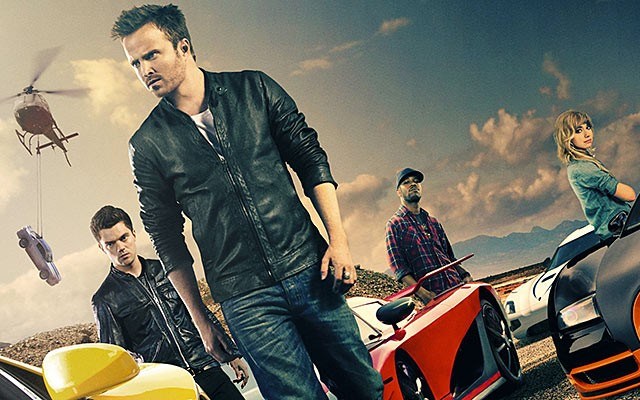In 1988, Spectacular Spider-Man #136 hit the creaky metal comic book rack at the Whistler Grocery Store. I bought it and still have it, because of the cover.
That issue's villain is a ski-masked shotgun murderer named "Sin Eater" (actually he's just an ex-cop who's become a violent schizophrenic after exposure to some government super-soldier/Mk Ultra-type drug experiments but we don't really learn that until after he's gunned down at the end).
Anyhow, on the cover we're looking right through the Spider-Man mask eyeholes and Sin Eater is backed against a brick wall holding his shotgun up to a kid's head. And there's a word bubble — comic covers were usually just artwork and a title, but there's an emphatic word bubble saying, "Stay back Spider-Man... or I'll shoot this kid."
It was all pretty badass to a 10-year-old kid and at the time violence in comics and movies was supposed to be the straw that broke the back of polite civilization. "Life Imitates Art," the argument went, and the filthy violent comics, music and movies of the 1980s/90s was certainly our ticket to hell.
So here we are. Video killed the radio star and video games are apparently killing everything else. The visual "Hero-Mask" perspective of comics evolved into "First Person Shooter" and the participatory and interactive nature of online gaming has added new depths to the experience of shooting soldiers in the face or driving a race car into a crowd of onlookers.
Comics are super niche nowadays and movies, unless they have cunnilingus, barely raise an eyebrow. But the Need for Speed game series has sold over 140 million copies at $60 a pop and so we get Need for Speed the movie, opening Friday at the Village 8. It's a car racing revenge flick where a lot of really clean-looking mechanics act tough while driving recklessly (dangerously actually, really dangerously) and car jumping away from explosions. Aaron Paul (Breaking Bad) stars as the edgy white hero and hell, yes, there's a scene where he gets to scream, "Noooooooo!" into the sky.
It's stupid entertainment but there are also about 100 very real deaths every single day in the U.S. due to motor vehicle accidents. So Need for Speed's PG-13 rating (targeting it at kids who dream of driving a car) seems more irresponsible than anything I ever saw in a comic book. But those kids already have the video game; that's what the old timers always say — "the kids, the kids..."
I suspect you can't blame art for the decline of anything. And you can't blame movies or even video games because it's not one thing — or even three things — that make kids take weapons to school or grown men and women street race through the night. It's everything. You gotta blame all the art and all the business and almost all the people.
And the next big thing is Live Interactive Entertainment, like those joints where they hire actors to dress like zombies and chase you through a paintball course while you aim for the head. With that and a worldwide cellphone video network available any time anything terrible happens combined with the rise of reality TV and manufactured sporting events, it really is only a matter of time until someone pushes the boundary and life tomorrow starts resembling the art of yesterday. Some Hunger Games-type shit, or The Running Man (novel — 1982, film — 1987) or Surviving the Game (Ice-T, 1994) or Gladiator (film — 2000. Real life — 404 CE, video game — 2002).
Cultures are intrinsically doomed to grow at an exponential rate, collapse, feed on themselves and evolve/repeat. Art isn't the problem. It's the warning we leave ourselves for the future.




